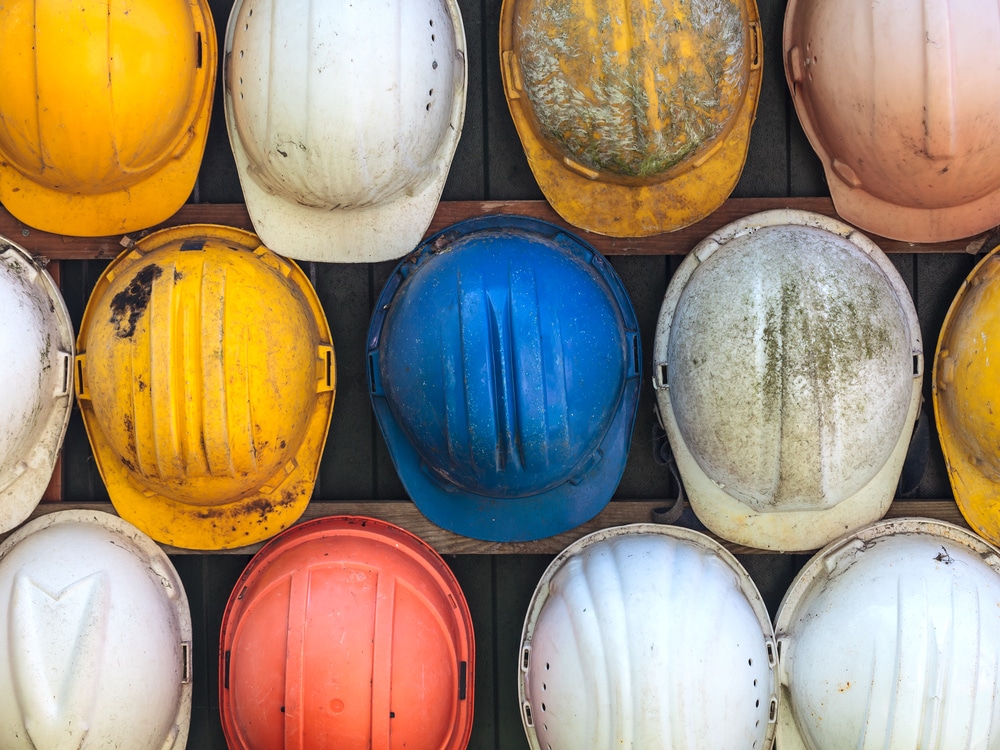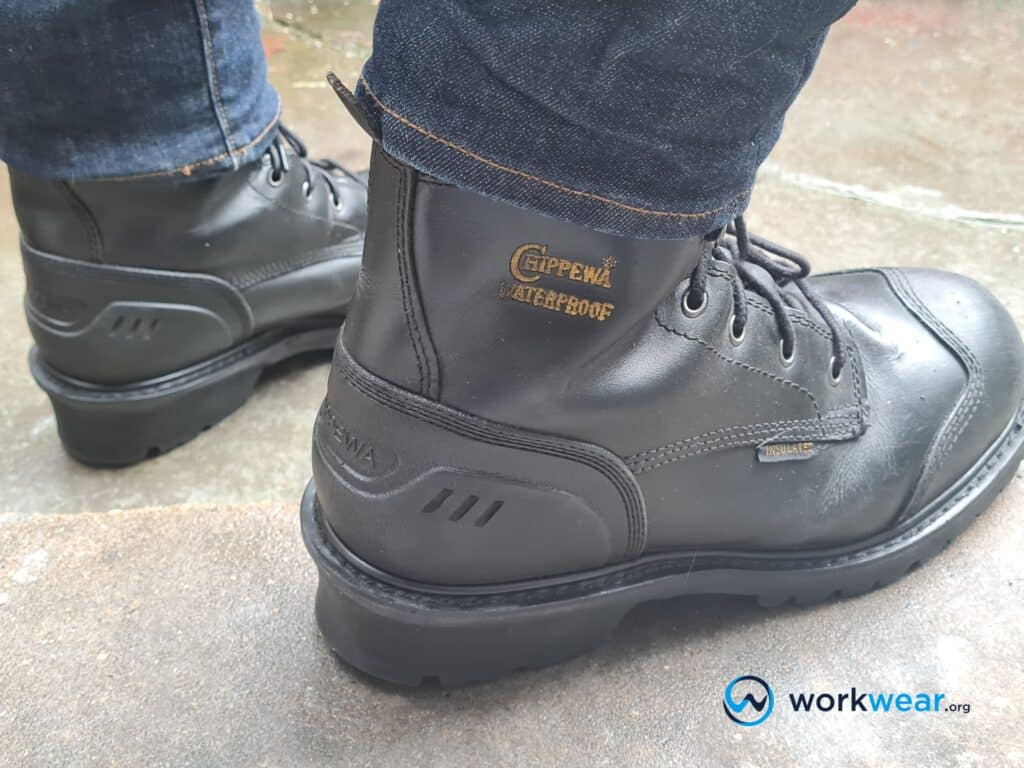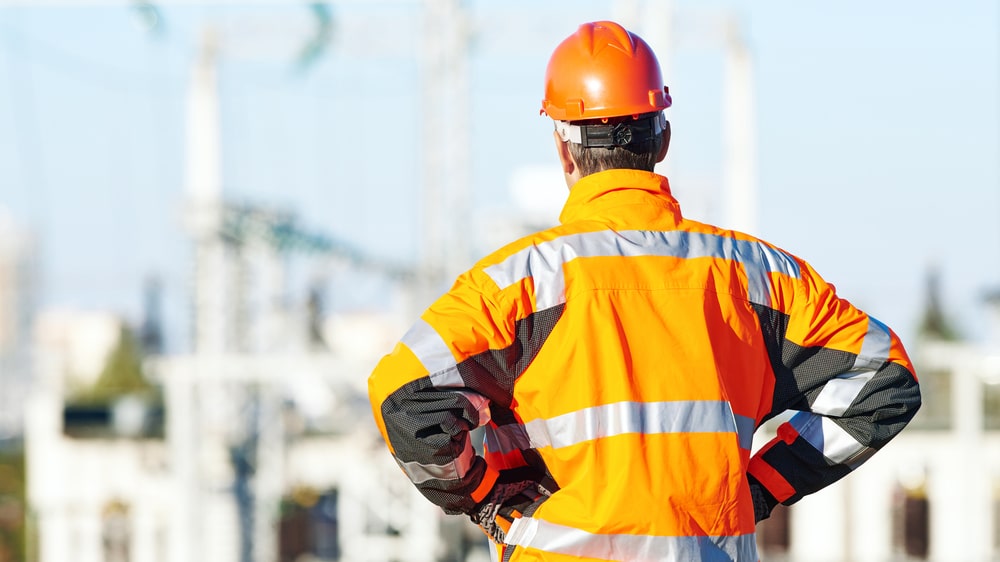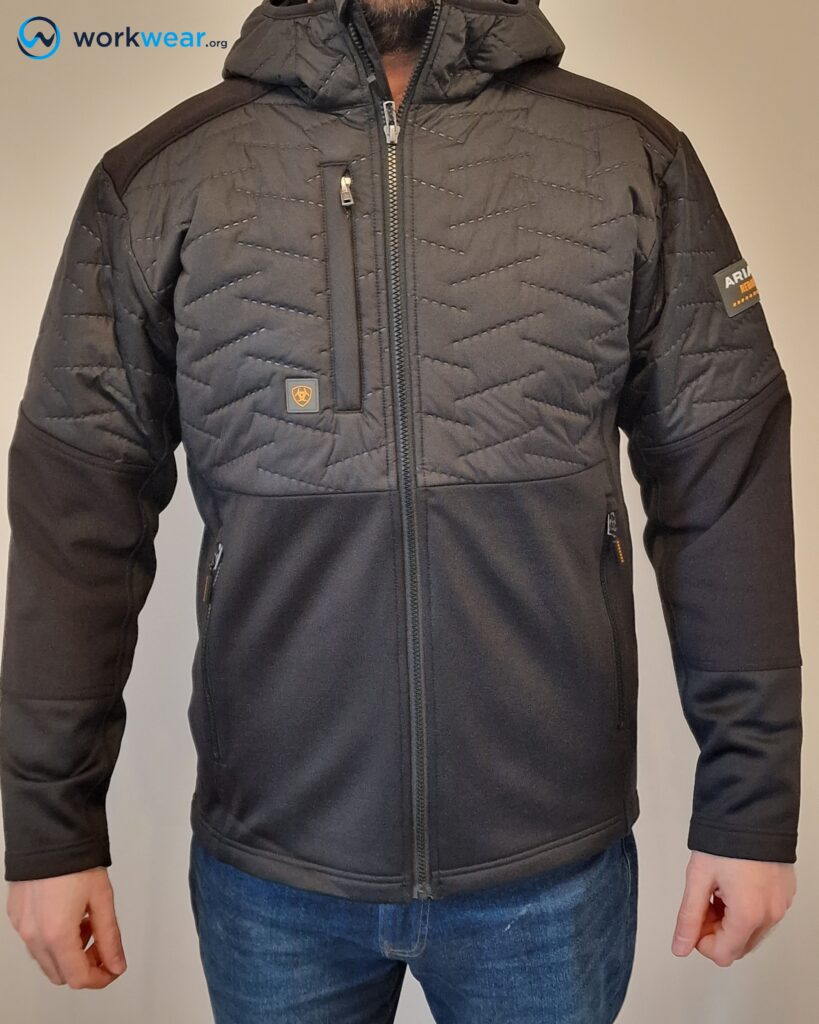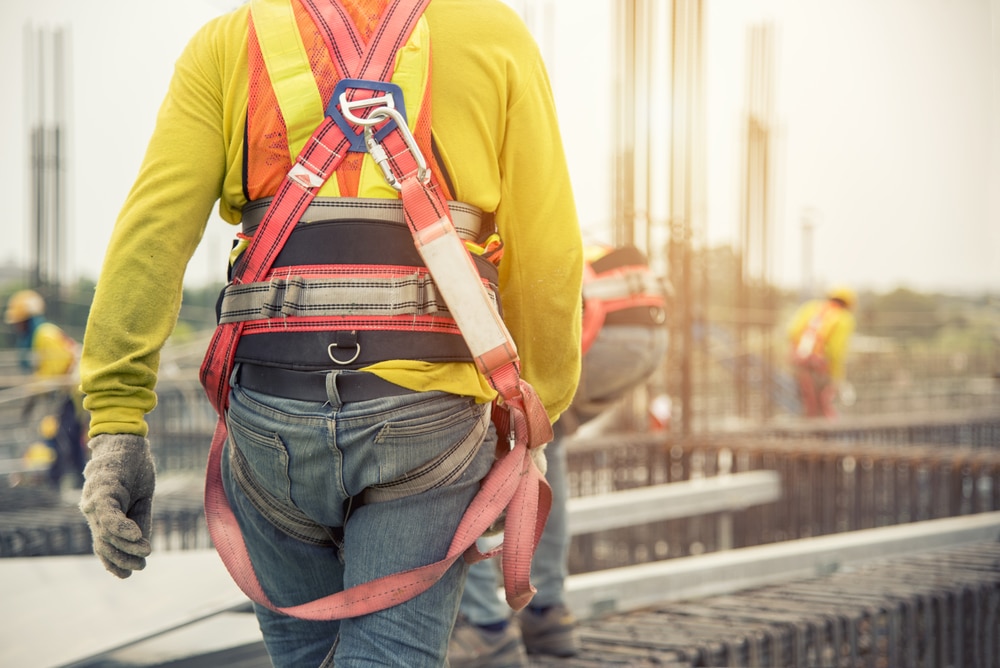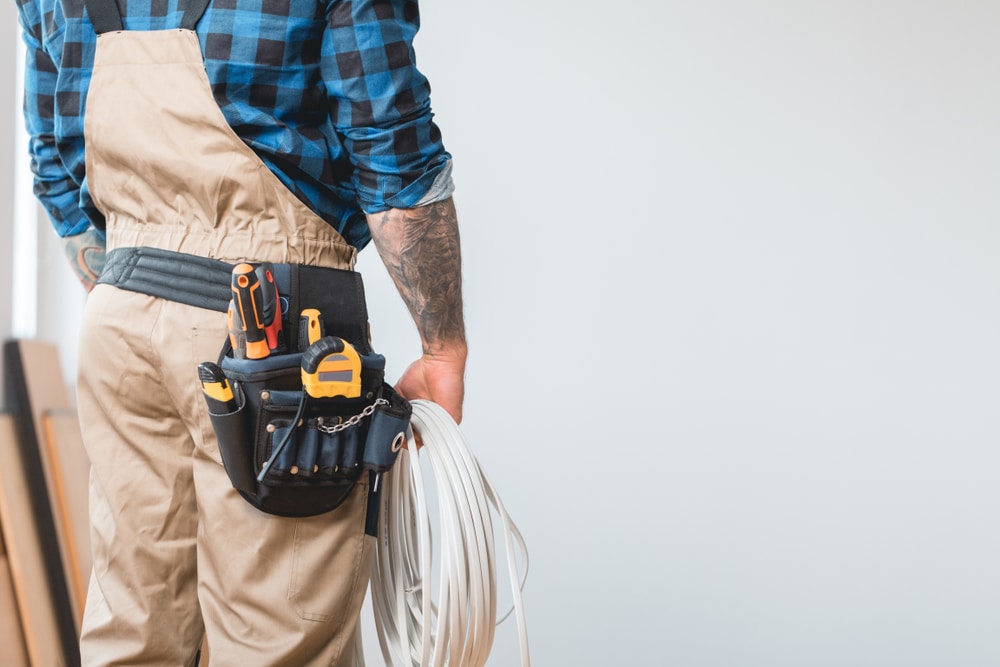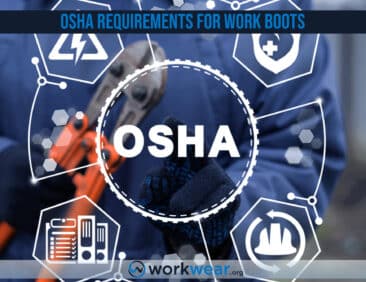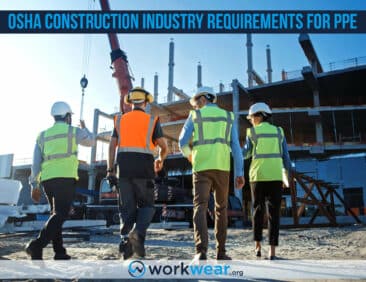Importance of Wearing Proper Workwear
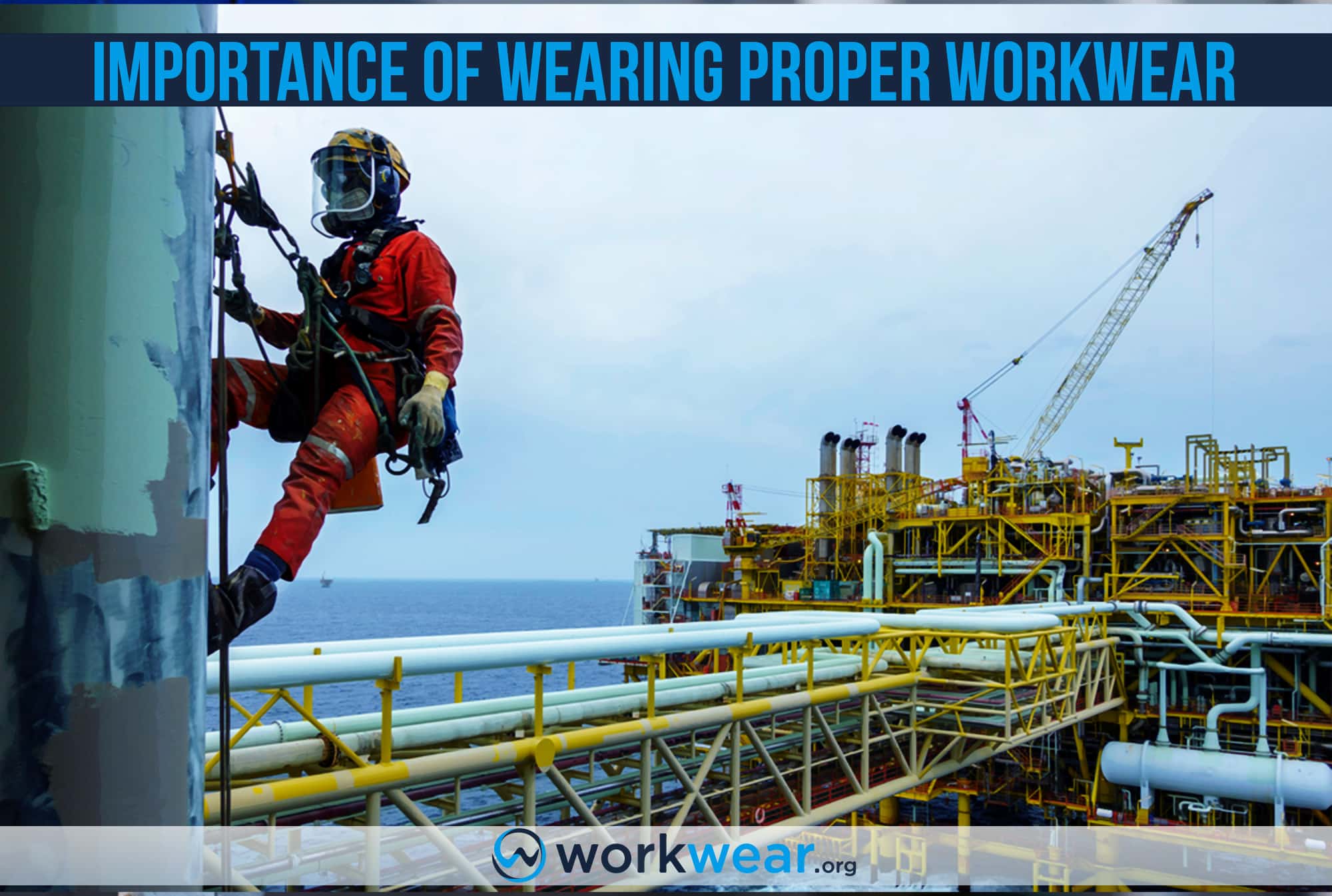
Personal protective equipment (PPE) is a vital aspect of workplace safety that employers must prioritize. The Occupational Safety and Health Administration (OSHA) mandates that employers perform a hazard assessment to identify potential hazards in their work areas, allowing suitable PPE to be chosen to protect against those hazards. This is because hazards in the workplace can cause serious harm, and PPE is the last line of defense against exposure. For instance, machinery or tools used in processing wood, meat, or metal can easily harm workers if proper PPE is not worn. It’s important to have a detailed understanding of the hazards in your work area and the appropriate PPE needed to mitigate those hazards. This article will provide detailed insights into various types of PPE, helping you make informed decisions to ensure you stay safe while on the job.
Workwear Specifics
Head Protection
The most important organ in your body is housed inside your head. Do you remember your science or physics class in high school or college? I do. An errant tool left in a walkway can be a trip hazard. But if it falls from a significant height, it can be much more dangerous. When there are dangers to the head, you need to wear a rated hard hat. And you need to wear it correctly.
That means you don’t want to wear things not designed to be worn under the hard hat, such as ball caps. When an object falls and picks up speed, it can impact your head with force many times greater than the object’s weight. The hard hat helps keep the object from hitting your head and may even provide some deflection protection. But the suspension is a major player in the protection, too. This is because it slows the time it takes for the object to come to a stop. If you’ve ever done the egg of a building experiment, you know that even a fragile egg can be protected if the impact time is extended. The concept is like how a hard hat works. So please don’t interfere with its design and wear it.
Eye Protection
It can be easy to take your eyes for granted… until they’re injured or irritated. If your workplace has hazards to your eyes, such as working with chemicals or flying debris, your eye protection will be crucial. Your eyes are a very complicated organ. It is easier than you might think to damage them beyond repair.
There are also a variety of hazards that can impact the eyes. So, using the right type of eye protection is important. For example, safety glasses that are rated only for impacts will not off much, if any, protection from chemical splashes. Likewise, impact-only glasses will not protect against dust. Impact-style safety glasses are common, but they are only sometimes universal. Use the right protection for the job.
Foot Protection
Using the right foot protection is also a critical means of protection. Some things can fall on your feet from heights, puncture, burn, and the like. In some cases, if there are significant slip hazards, your foot protection, will also need to protect you from that. A fall resulting from a slip can cause serious injuries.
Like always, it is important to wear work boots with safety toes suitable for the hazards and wear it correctly. If you are wearing lace-up boots, for example, and you don’t lace them up, they can be a trip hazard all on their own. If your employer chose lace-up boots to improve ankle support, that would go right out the window if they aren’t worn laced up.
High Visibility Apparel
This type of PPE is important when there is significant traffic from mobile equipment or over-the-road traffic. Believe it or not, many of the larger types of mobile equipment have significant to substantial blind spots. Even if you aren’t in one of those, it can be hard for operators to see you when they are working. This type of PPE helps them see you better because it’s bright, often reflective and starkly contrasts some typical work areas.
Not all high-visibility apparel is created equally. For this reason, some employers choose to use American National Standards Institute-compliant apparel. This clothing is rated to be used in traffic where they travel quickly and must-see people from a substantial distance. That said, if you get them dirty or don’t wear them, they won’t be any good to you or anyone else.
Work Jackets
Work jackets often deal with protection in one of three forms:
- They can offer protection from cold weather.
- They can provide extra visibility when it’s important to be seen.
- They can protect themselves from the splatter and slag generated during hot work.
Cold weather is a real hazard, causing illnesses like hypothermia. Hot work can produce serious burns if the slag gets on you. And if you need to be seen, and you aren’t, it can mean you are more likely to be hit by something you won’t like. So wear your jacket when you need it.
Work Harnesses
You will need your work harness when the job calls for working at height, and you can’t put up standard guard rails. If you’re wearing it, it likely is all that stands between you and a sudden meeting with the ground below you. You’ll need training on the proper use, inspection, and care of the harness and all the contributing equipment. Like with a hard hat, the fall harness allows you to be slowed such that the forces acting on you are survivable.
Tool Belts and Knee Pads
Tool belts can help reduce injuries because they free up your hands. It would help if you had both of those when climbing things like ladders and trying to carry tools in your hands while climbing can create two hazards. One is where you accidentally lose your grip and fall. The other is that the tool falls from your grip, potentially striking others below. Consider your tool belt as personal protective equipment and treat it accordingly.
Knee pads can protect against abrasion and impact injury on your knees. They also make the job more comfortable to do for an extended period. So, they are useful in preventing injury from abrasion, poor ergonomics, and impact and can make you more productive. In addition, they are used right; many forms of protective equipment double as a type of “performance enhancer”.
Key Takeaways
Every workplace is different. So, what you specifically need to protect yourself will vary accordingly. That said, there are similarities in how you handle your PPE and your workplace. Here are the key things you should remember.
- Your PPE can’t protect you if you don’t wear it.
- Your PPE needs to be properly maintained or discarded if no longer effective.
- Your employer is responsible for conducting PPE hazard assessments of each work area to ensure that the proper workwear and PPE are selected.
- You need to wear the right PPE rated for the hazards you’ll face. Simply wearing protective equipment isn’t enough.
- Wearing your PPE can also help make you more productive.
- Your PPE is your last line of defense against exposure to hazards.
